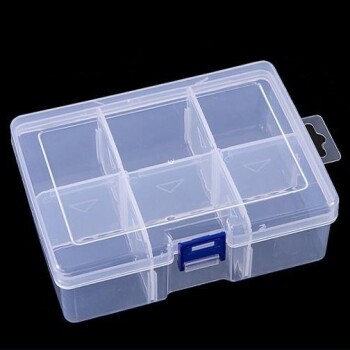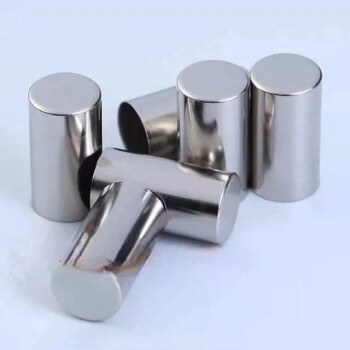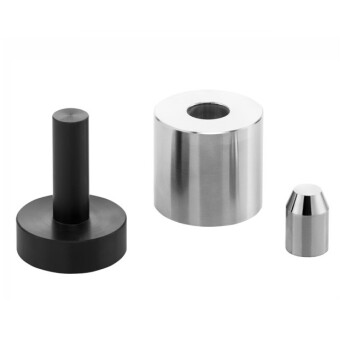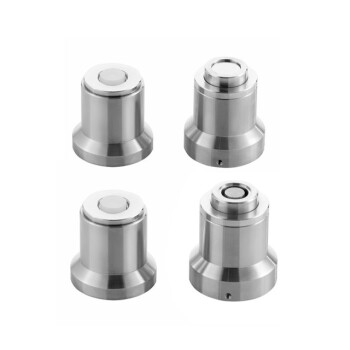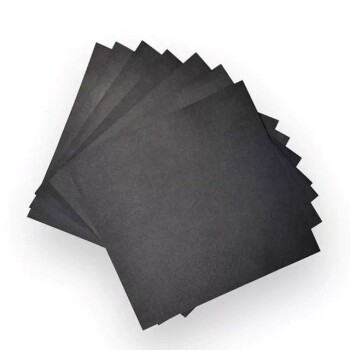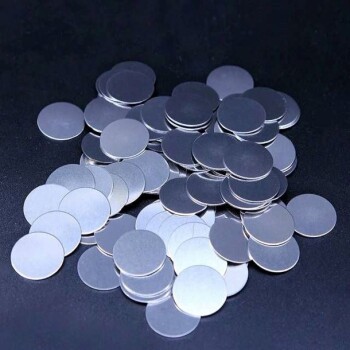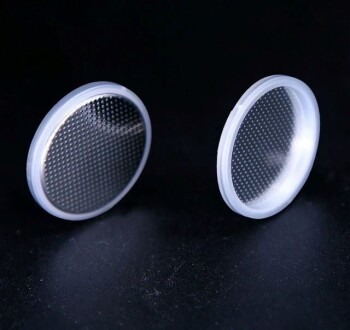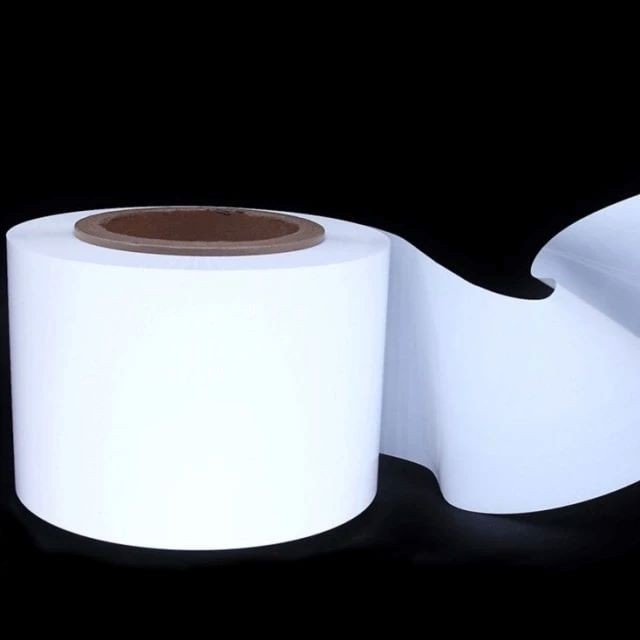
为什么选择我们
可靠的合作伙伴简易的订购流程、优质的产品和专业的支持,助力您的业务成功。
介绍
聚乙烯隔膜采用湿法和干法拉伸工艺生产,具有柔韧性和多种材料选择,可满足各种应用需求。PE和PP的耐温性不同,PE的耐温性较低,PP的耐温性较高。与PE相比,PP的密度较低,熔点较高。隔膜的强度因生产工艺而异,湿法双向拉伸可获得优异的纵向和横向强度。PE对环境压力的敏感性是某些应用中的一个考虑因素,它会影响其在不同行业中的性能和适用性。
聚乙烯隔膜是锂离子电池的关键组成部分,位于正负电极之间。它们允许锂离子通过,同时抑制电子传输。隔膜的性能会影响电池的容量、循环寿命和安全性,因此对电池的整体性能至关重要。
详情与部件
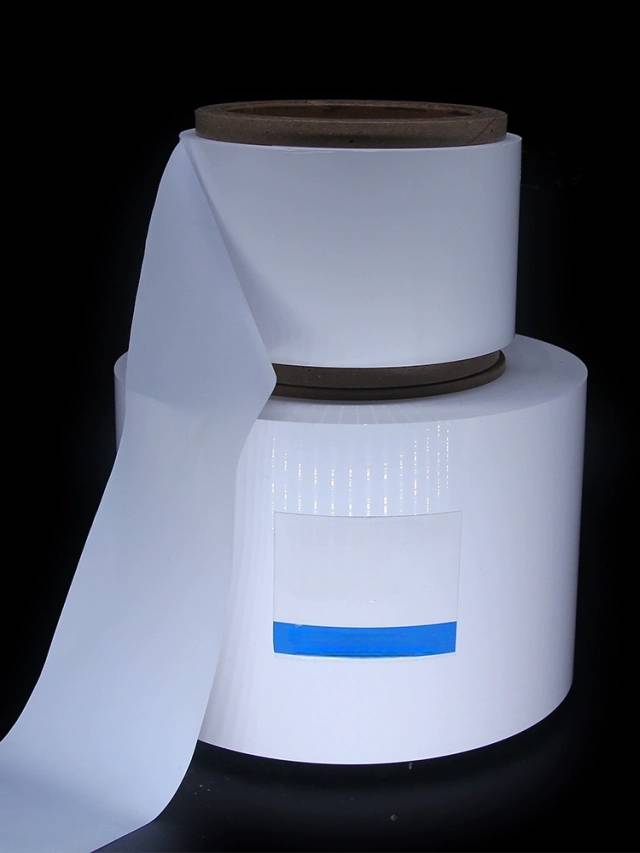
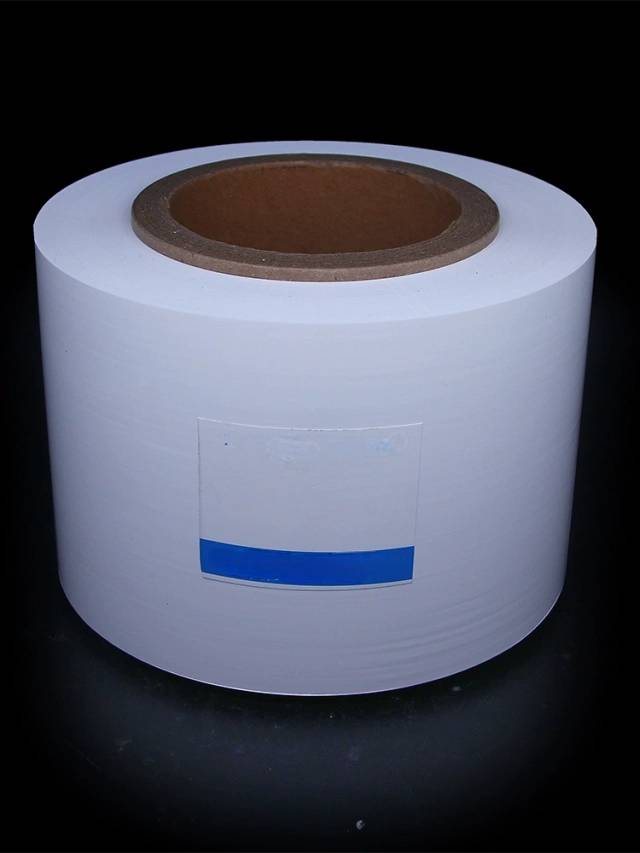
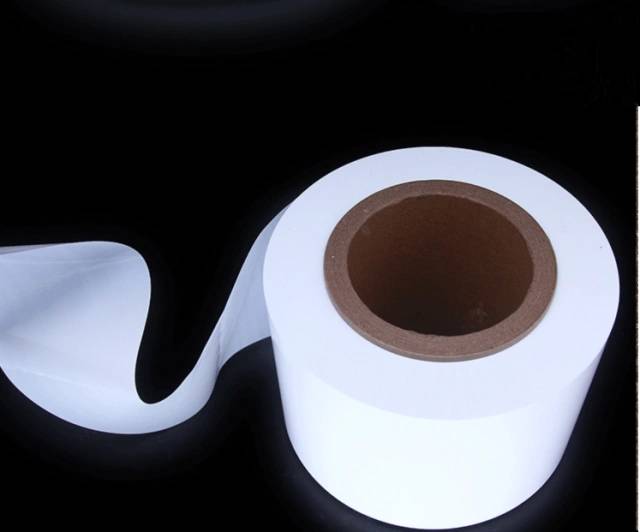
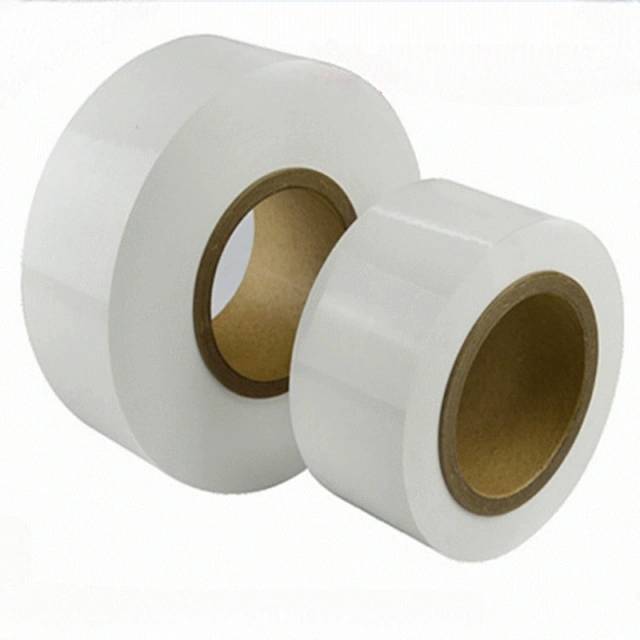
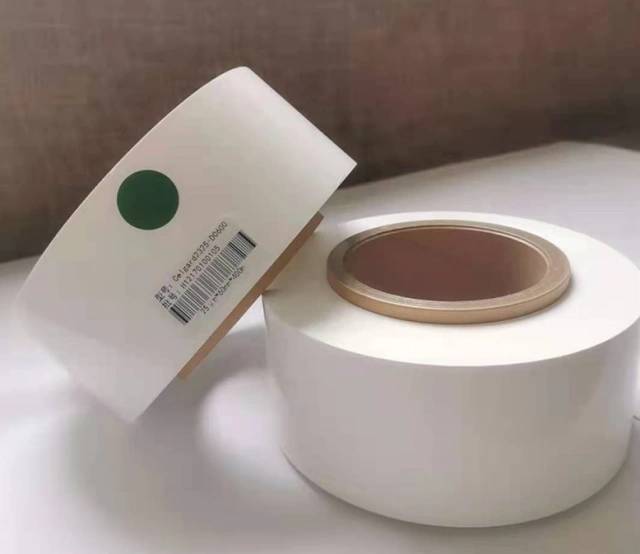
技术规格
| 材质: | SK单层PE膜 |
| 厚度: | 16μm |
| 宽度: | 115mm |
| 透气性: | 200秒 |
| 孔隙率: | 44% |
| 热收缩率: | 纵向3% 横向1% |
| 拉伸强度: | 纵向1200kgf/cm² 横向1200kgf/cm² |
| 储存条件: | 最佳储存环境温度为25±3°C,湿度为30%-70%,防潮 |
我们展示的产品有多种尺寸可供选择,也可根据要求定制尺寸。
优点
- 耐化学性:聚乙烯隔膜对酸、碱和大多数化学品具有优异的耐受性。
- 均匀的孔隙结构:隔膜保持均匀的孔隙结构,具有高化学和热稳定性。
- 通用性:它们适用于各种电池类型,可满足不同应用的需求。
- 抗氧化性:聚乙烯隔膜具有优异的抗氧化性,确保了出色的循环和涓流充电性能。
- 横向“零”收缩:隔膜的横向“零”收缩可减少内部短路,并在高温下提高尺寸稳定性。
FAQ
电池外壳垫圈应考虑哪些因素?
电池外壳密封垫的作用是什么?
什么是锂空气电池盒?
如何为特定应用选择纽扣电池盒?
4.8
out of
5
The delivery was incredibly fast, arriving within a few days of placing the order. The quality of the separator is exceptional and has significantly improved the performance of our lithium-ion batteries.
4.7
out of
5
The polyethylene separator has proven to be an excellent investment. It has extended the lifespan and efficiency of our batteries, making them more reliable and cost-effective.
4.9
out of
5
The separator's lateral 'zero' shrinkage feature is a game-changer. It has greatly reduced the risk of internal short circuits, enhancing the safety and stability of our batteries.
4.6
out of
5
The polyethylene separator's high chemical and thermal stability has been impressive. It has maintained its integrity even under extreme conditions, ensuring consistent performance and longevity.
4.8
out of
5
The separator's consistent pore structure has significantly improved the capacity and cycle life of our batteries. We've witnessed a noticeable increase in energy storage and reduced degradation over time.
4.9
out of
5
The versatility of the polyethylene separator is commendable. Its compatibility with various battery types has made it an indispensable component in our research and development initiatives.
4.7
out of
5
The excellent oxidation resistance of the separator has been instrumental in enhancing the cycle and trickle charge performance of our batteries. It has resulted in improved durability and reliability.
4.8
out of
5
The polyethylene separator's chemical resistance has been remarkable. It has shown exceptional resilience against acids, alkalis, and most chemicals, ensuring long-term stability and performance.
4.6
out of
5
The separator's lateral 'zero' shrinkage feature has been a lifesaver. It has eliminated internal short circuits and maintained dimensional integrity at high temperatures, significantly improving the safety and reliability of our batteries.
4.9
out of
5
The polyethylene separator's exceptional quality has exceeded our expectations. It has enhanced the cycle life and capacity of our batteries, leading to improved performance and extended lifespan.
4.7
out of
5
The separator's consistent pore structure has been a game-changer for our research. It has enabled us to achieve higher energy densities and improved rate capabilities, pushing the boundaries of battery technology.
4.8
out of
5
The versatility of the polyethylene separator has been a boon to our diverse battery applications. Its compatibility with different battery types has allowed us to streamline our manufacturing processes and improve efficiency.
4.6
out of
5
The separator's excellent oxidation resistance has been crucial in extending the lifespan of our batteries. It has minimized capacity fade and maintained high performance over extended periods.
4.9
out of
5
The polyethylene separator's chemical resistance has been a lifesaver in our harsh operating conditions. It has withstood exposure to corrosive chemicals and extreme temperatures, ensuring uninterrupted performance.
4.7
out of
5
The separator's lateral 'zero' shrinkage feature has been a major breakthrough for our battery safety. It has eliminated internal short circuits and thermal runaway risks, making our batteries safer and more reliable.
4.8
out of
5
The polyethylene separator's high-temperature resistance has been a game-changer for our high-power applications. It has enabled us to push the limits of battery performance without compromising safety and reliability.
4.6
out of
5
The separator's exceptional quality has been a major factor in our successful battery development. It has consistently delivered high performance and reliability, making it an indispensable component in our cutting-edge battery systems.
4.9
out of
5
The polyethylene separator's consistent pore structure has been a major breakthrough for our research. It has enabled us to achieve unprecedented levels of energy density and cycle life, pushing the boundaries of battery technology.
4.7
out of
5
The separator's versatility has been a major advantage for our diverse battery applications. Its compatibility with different battery chemistries and configurations has allowed us to streamline our manufacturing processes and reduce costs.
获取报价
我们的专业团队将在一个工作日内回复您。请随时与我们联系!
相关产品
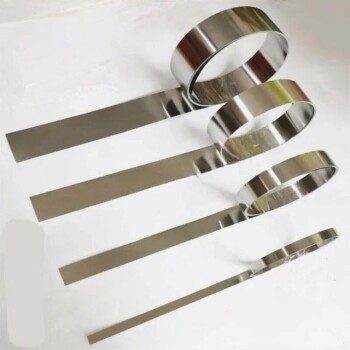
电池实验室设备 304 不锈钢带箔 20um 厚用于电池测试
304 是一种多用途的不锈钢,广泛用于生产需要良好综合性能(耐腐蚀性和成形性)的设备和零件。
相关文章

电池密封机操作步骤和注意事项
电池密封机操作步骤和注意事项介绍

电解电池是满足日益增长的能源需求的解决方案
电解质的设计仍然是一项挑战,但自动发现和人工智能的力量是推动这一领域发展的大有可为的工具。

了解等静压原理和应用
在这一工艺中,粉末被填充到模具中,然后密封。这在压力容器外进行。将粉末注入模具后,将模具浸没在压力容器内的压力流体中。然后在模具外表面施加等静压,将粉末压缩成固体块。

锂电池参考电极的设计与应用
本文讨论了锂电池参比电极的选择和设计,重点是金属锂、锂合金和锂嵌入氧化物等活性材料。

锂电池参考电极的设计原理和应用
讨论锂电池参比电极的设计原理、类型、应用和未来发展方向。

用于锂离子电池硅基材料表面改性的碳涂层
本文讨论了碳涂层在锂离子电池中的应用,以提高硅基负极材料的性能。

了解等静压工艺:工艺、优点、限制和应用
等静压是一种生产工艺,在各行各业都有诸多优势和应用。它是将材料置于来自各个方向的同等压力下,以达到均匀的密度和形状。与其他生产技术相比,这种方法尤其具有优势。

等静压综合指南:类型、工艺和特点(3)
等静压是一种广泛应用于各行各业的多功能制造工艺。它是将材料置于来自各个方向的同等压力下,以达到均匀的密度和形状。等静压具有许多优点,例如能够生产复杂的形状、材料性能均匀、精度高。

为高密度成型选择等静压设备
深入了解等静压技术和设备选择,以实现高密度成型。

氧化锆陶瓷棒生产工艺:等静压与干压
氧化锆陶瓷棒生产中等静压和干压的比较,突出差异和优势。

了解等静压工艺及其类型
等静压是一种对材料施加静水压力以提高其密度和机械强度的技术,多年来得到了长足的发展。等静压通常用于粉末的固结和铸件的缺陷修复,是一种适用于陶瓷、金属、复合材料、塑料和碳等多种材料的通用工艺。

等静压技术:原理、分类和应用
深入了解等静压技术、其类型以及在各行业的不同应用。
